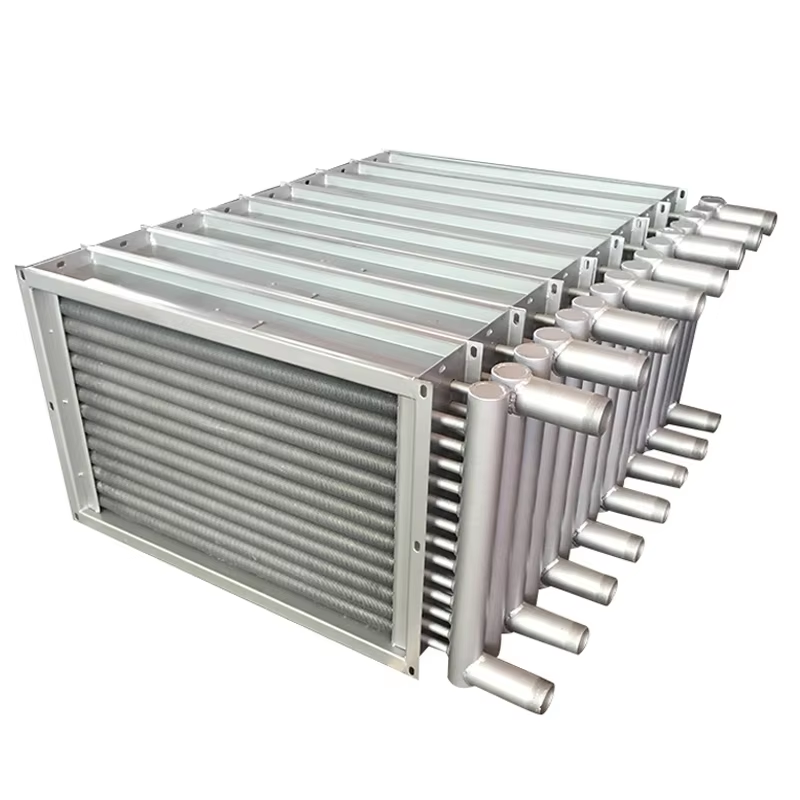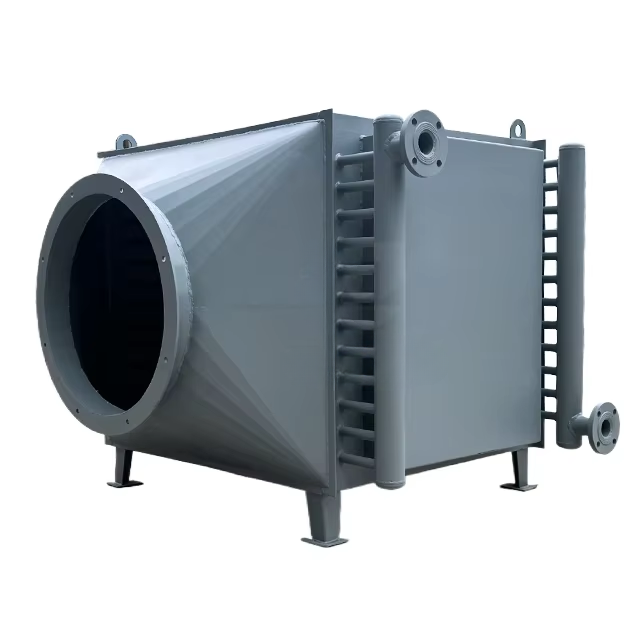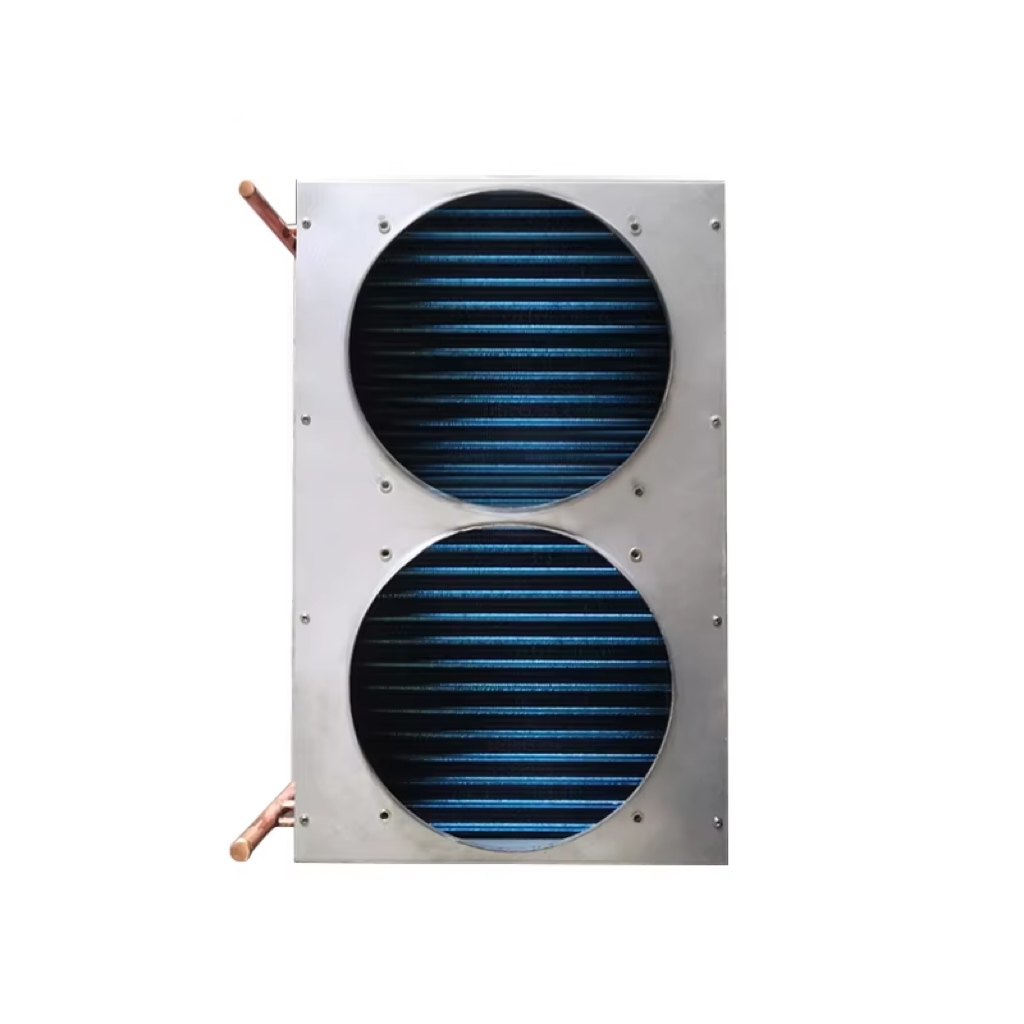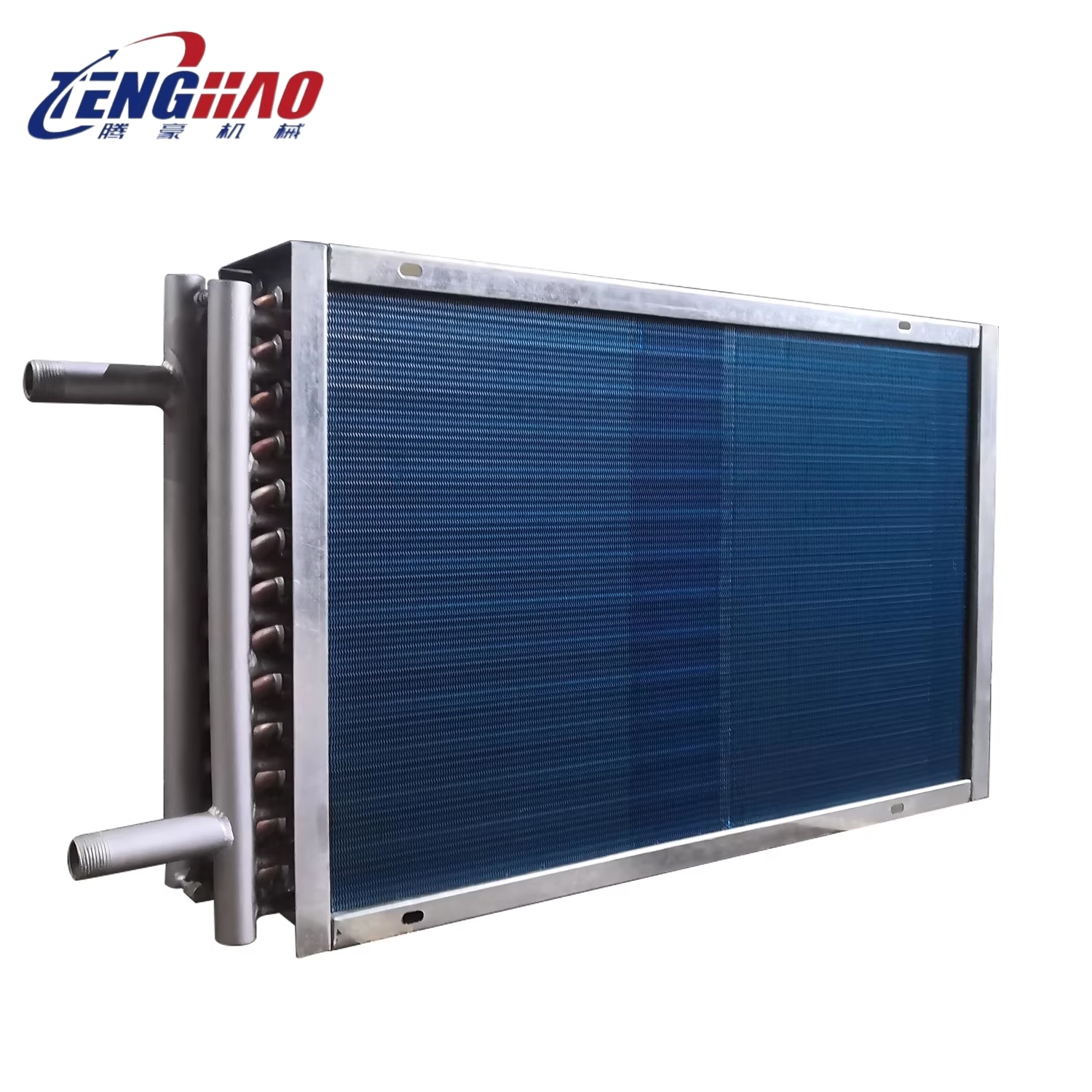The Crucial Role of Air Conditioner Efficiency
Achieving optimal Air Conditioner Efficiency is paramount for both residential and commercial settings, not just for comfort but also for managing energy consumption and operational costs. Understanding the factors that contribute to this efficiency allows consumers and businesses to make informed decisions when selecting, installing, and maintaining their cooling systems. A highly efficient air conditioning unit translates directly into lower electricity bills and a reduced environmental footprint, making it a critical consideration in today's energy-conscious world. The performance of individual components, especially heat exchangers, plays a significant role in the overall efficiency of any HVAC system.
Evaluating Condenser Performance for Enhanced Efficiency
A key aspect of overall system performance lies in Condenser Performance Evaluation. The condenser is the heart of the outdoor unit, responsible for releasing the heat absorbed from inside your space. Efficient heat dissipation by the condenser directly impacts how hard the compressor has to work, which is a major determinant of energy use. Modern heat exchanger modules, like those utilizing high-performance copper tubes, are engineered for superior thermal efficiency. Copper's excellent thermal conductivity ensures rapid and even heat transfer. When combined with elements like blue-tinted aluminum fins, designed for optimized airflow and enhanced heat dissipation, the condenser can perform exceptionally well, even under demanding conditions. This meticulous design contributes significantly to improved Condenser Cooling Capacity and overall Air Conditioner Efficiency.
Understanding Energy Efficiency Ratio HVAC and Other Metrics
To quantify and compare the efficiency of different air conditioning units, several Performance Metrics for HVAC are used. Perhaps one of the most recognized is the Energy Efficiency Ratio (EER), which measures the cooling capacity (in British Thermal Units or BTUs per hour) divided by the power input (in watts) at a single set of operating conditions. A higher EER signifies a more efficient air conditioner. Other metrics like SEER (Seasonal Energy Efficiency Ratio) provide a broader view of efficiency over an entire cooling season. Investing in components that boost these ratings is essential. For instance, a heat exchanger module crafted with precision-looped copper tubes designed to maximize surface area for heat exchange will inherently contribute to a better Energy Efficiency Ratio HVAC score, reflecting its superior design and material choice.
Strategies for HVAC System Optimization
Effective HVAC System Optimization involves more than just selecting an efficient unit; it encompasses proper installation, regular maintenance, and the use of high-quality components throughout the system's lifespan. Upgrading key parts, such as the heat exchanger, can lead to substantial improvements. A module built with a durable metal casing and precision-fitted brass fittings not only ensures longevity and withstands demanding environments but also guarantees secure, leak-free operation. This integrity is vital for maintaining peak performance and preventing efficiency losses over time. Optimizing airflow through advanced fin design further enhances the system’s ability to cool effectively while minimizing energy draw, directly influencing the achievable Condenser Cooling Capacity and contributing to superior Air Conditioner Efficiency.
Advanced Components: The Backbone of Efficient Cooling
The aformentioned Copper Tube Heat Exchanger Module serves as an excellent example of how advanced components drive Air Conditioner Efficiency. The robust copper tubes provide unmatched thermal efficiency, ensuring rapid heat transfer. The aluminum fins, visible with their distinctive blue tint, are designed to optimize airflow management and elevate heat dissipation, crucial for maintaining Condenser Cooling Capacity. Furthermore, the durable metal casing protects the internal components, ensuring longevity, while precision-fitted brass fittings at inlet and outlet points guarantee seamless integration and leak-free operation. Such high-quality construction contributes significantly to overall HVAC System Optimization, reduce the need for frequent repairs, and maintain high Performance Metrics for HVAC throughout the unit's operational life. Choosing systems with such well-engineered components means investing in sustained efficiency and reliability.






